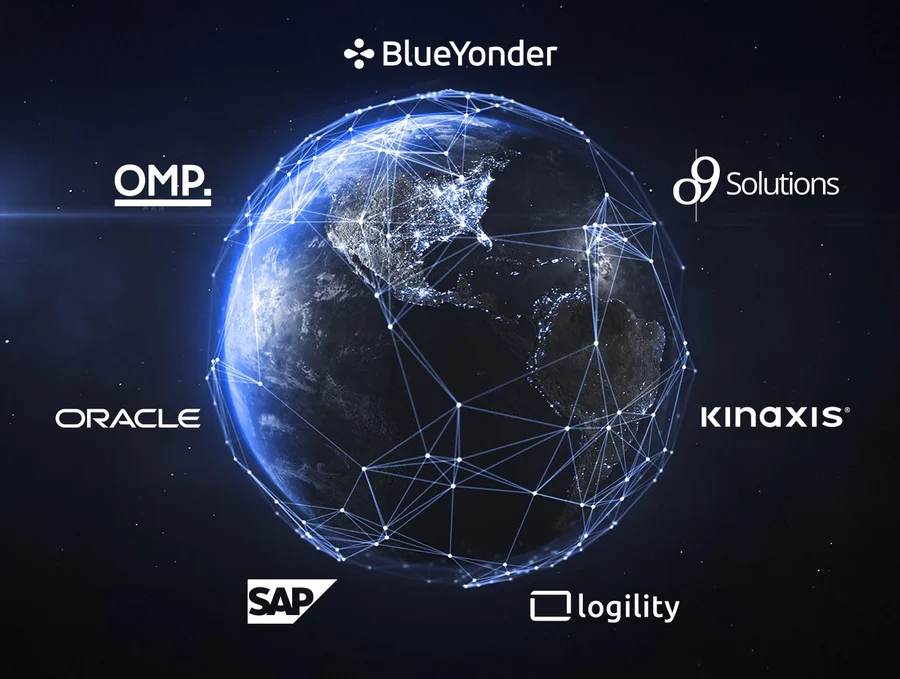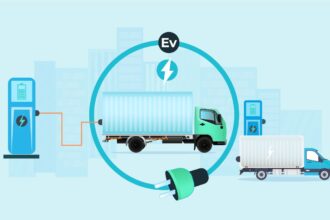The supply chain industry is undergoing a groundbreaking transformation fueled by the integration of advanced technologies. Innovations such as artificial intelligence, blockchain, and IoT are reshaping logistics, enhancing efficiency, and enabling real-time decision-making. Here’s a breakdown of the top technologies driving this change:
1. Artificial Intelligence (AI) and Machine Learning (ML)
AI and ML are central to supply chain innovation, helping organizations forecast demand, optimize inventory, and improve delivery routes. Companies are leveraging AI to automate fulfillment centers and enhance delivery networks. ML models are also optimizing energy usage, reducing costs, and supporting predictive analytics for supply chain operations.
2. Blockchain
Blockchain is transforming transparency and security in supply chains by offering tamper-proof records. Companies use blockchain to enhance product traceability and expedite procurement processes. The ability to track a product’s journey with blockchain improves trust among stakeholders and accelerates issue resolution.
3. Internet of Things (IoT)
IoT devices provide real-time data on the location and condition of goods, revolutionizing visibility and traceability. With applications in fleet management and warehouse automation, IoT enhances decision-making and reduces waste. Forward-thinking firms are incorporating IoT to streamline their logistics networks and achieve higher efficiency.
4. Big Data and Advanced Analytics
Big data analytics enables supply chains to uncover actionable insights, predict demand trends, and optimize operations. Organizations are using big data to enhance decision-making and strategic planning, driving competitive advantage by reducing costs and increasing operational efficiency.
5. Autonomous Vehicles and Drones
Autonomous vehicles and drones are redefining last-mile logistics, enabling faster, more cost-effective deliveries. Companies are deploying these technologies for inventory management and local deliveries, reducing human reliance while improving speed and accuracy.
6. Cloud Computing
Cloud technology offers centralized data storage and real-time visibility across operations, enhancing scalability and collaboration. Industry leaders harness cloud solutions to provide predictive analytics, optimize logistics networks, and improve customer experience.
7. Augmented Reality (AR) and Virtual Reality (VR)
AR and VR improve operational efficiency by offering immersive training environments and guiding workers through complex tasks. These technologies are also used to enhance picking accuracy and streamline warehouse processes.
8. Robotic Process Automation (RPA)
RPA automates repetitive tasks such as order tracking and data entry, improving accuracy and reducing operational costs. Companies use RPA to enhance customer service and streamline back-end processes.
9. Warehouse Management Systems (WMS)
Advanced WMS integrate machine learning to optimize warehouse layouts, improve order accuracy, and streamline inventory management. Organizations utilize these systems to achieve superior operational efficiency.
10. Digital Twins
Digital twin technology simulates supply chain processes, enabling real-time scenario analysis and risk mitigation. This innovation is key to proactive decision-making and achieving optimal supply chain performance.
These technologies collectively represent the future of supply chain management. By integrating these innovations, businesses can achieve greater efficiency, resilience, and customer satisfaction.







